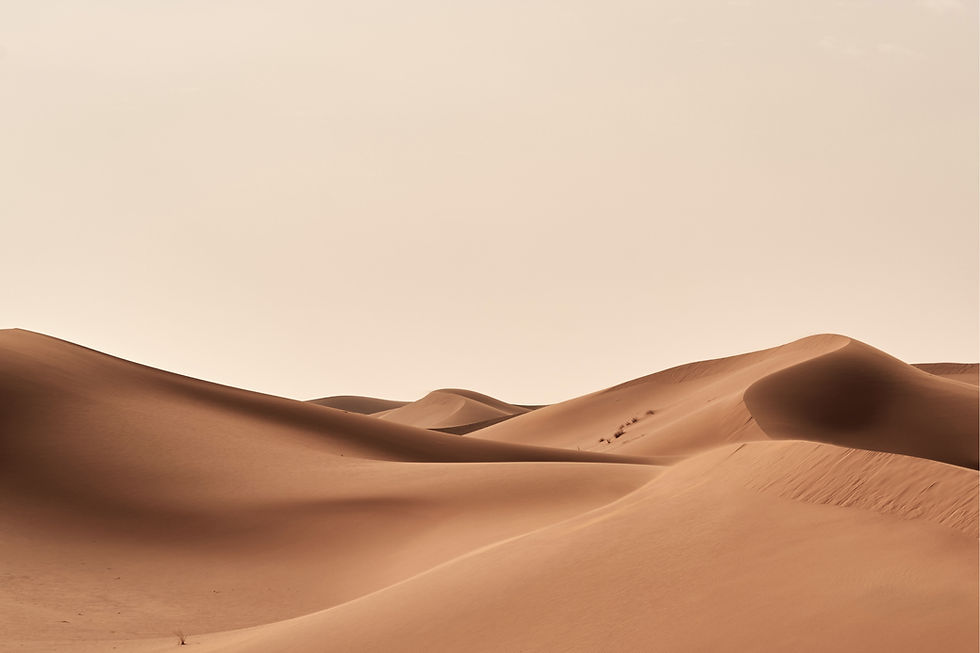Media Platform &
Creative Studio
Magazine - Art and Culture
The Poetic Narratives of a Dystopian Land : Weizhi Cao’s Where to Call Home Series
Joana Alarcão
In a world grappling with the escalating realities of the Anthropocene, artist Weizhi Cao's Where to Call Home series emerges as a poignant visual narrative. Through four striking images, Cao explores humanity's complex and often destructive relationship with nature, prompting viewers to confront the consequences of environmental disregard and consider a more sustainable path forward. This review delves into Cao's artistic approach, examining how the series navigates the intersection of technology, emotion, and environmental advocacy.



Weizhi Cao is a distinguished digital artist known for his innovative use of artificial intelligence in creative content. His work blends AI-generated visuals with traditional art forms, creating a unique visual language that pushes the boundaries of art and technology. Recognized internationally, his pieces have been showcased in exhibitions and have received multiple nominations and awards at prestigious film festivals. Beyond traditional media, Weizhi Cao has also built a strong following on Chinese social platforms. He remains dedicated to exploring AI’s applications in digital art, striving for breakthroughs that integrate art and advanced technology.
Since the mid-20th century, as the effects of climate change become evident to the naked eye, along with the increasing awareness of the destructive force of humankind on the nonhuman, creatives started to use their practices as an epistemic vehicle to reimagine our understanding of nature and envision a new way out of the Anthropocene.
Embodying this premise is the artist Weizhi Cao, a digital artist and environmental advocate, who explores humanity’s fragile relationship with nature through an interdisciplinary practice, fusion technology, and traditional artistic expression. Cao’s series, Where to Call Home, is a photographic investigation of the ramifications of human encroachment on the natural environment and by taking inspiration from Hiroshi Sugimoto's practice, Cao uses simplicity and symbolism to steer viewers into profound contemplation, addressing themes of time, existence, and the transient nature of life.

“In the Where to Call Home series, I hope to evoke a sense of urgency and responsibility in the audience regarding environmental destruction and the impact of human behavior on the natural world.” the artist states.
One of the permanent dialogues we see in this series is a mixture of environmental intelligence, emotion, and imagination as methods to inspire new ways of seeing and interacting with the world. Crafting a dystopian yet poignant visual narrative that critiques humanity's disregard for nature, this series fosters imaginative thinking by guiding us on a path to cultivate a deeper understanding of our environment and develop more sustainable pathways that honor the intelligence of all living beings.
“Environmental destruction and human impact on nature need to be presented with both power and the ability to provoke contemplation, without overwhelming the viewer." Cao explains.

By merging art and technology, and utilizing Artificial Intelligence Generated Content tools like Midjourney to conceptualize the first steps into a new narrative, this body of work also raises a line of inquiry regarding AI. Through the use of these tools, Cao's work highlights our recognition of intelligence beyond just human cognition. It can expand our awareness of the intellect present in other living beings, such as bacteria, trees, and animals. This encourages us to transcend our human-centric perspective and to appreciate the diversity of intelligent forms.
Furthermore, as we employ artificial intelligence as a creative tool, we quickly become aware of its limitations. As Cao notes, AI lacks the emotional depth required to fully resonate with our human need for connection and emotional engagement. This integration of technology perfectly reflects the themes in Cao's art, capturing the tension between human innovation and the natural world. While technology opens new creative avenues, Cao reminds us of its role in both exacerbating and addressing environmental challenges.

During four striking pieces, the artist weaves a tale of humanity's complex dance with nature. A lone figure stands amid a wasteland where scavenging birds pick through our debris, while in another work, the illusion of freedom is captured in a "released" bird's choreographed flight. In the third piece, hope flickers as nature adapts - a bird claiming a utility pole as home. Although, in the final piece, swans drift in a barren lakebed, nature's silent cry against our relentless march of progress. Together, these works paint a poetic narrative of our troubled relationship with Earth from destruction to resilience, and ultimately, to consequence.
“Art has the power to transcend boundaries,” Cao explains. “It can provoke critical reflection and inspire action, reaching people on an emotional level in a way that data or reports cannot.”
Through empathy and awareness, this collection bridges the gap between intellectual understanding and emotional engagement, urging us to not only witness but to act, fostering a deeper sense of our collective responsibility to protect the planet for generations to come.
Know more about the artist here.
Cover image:
Where to Call Home 2 by Weizhi Cao. Image courtesy of Weizhi Cao.





_Lauren%20Saunders.jpg)

